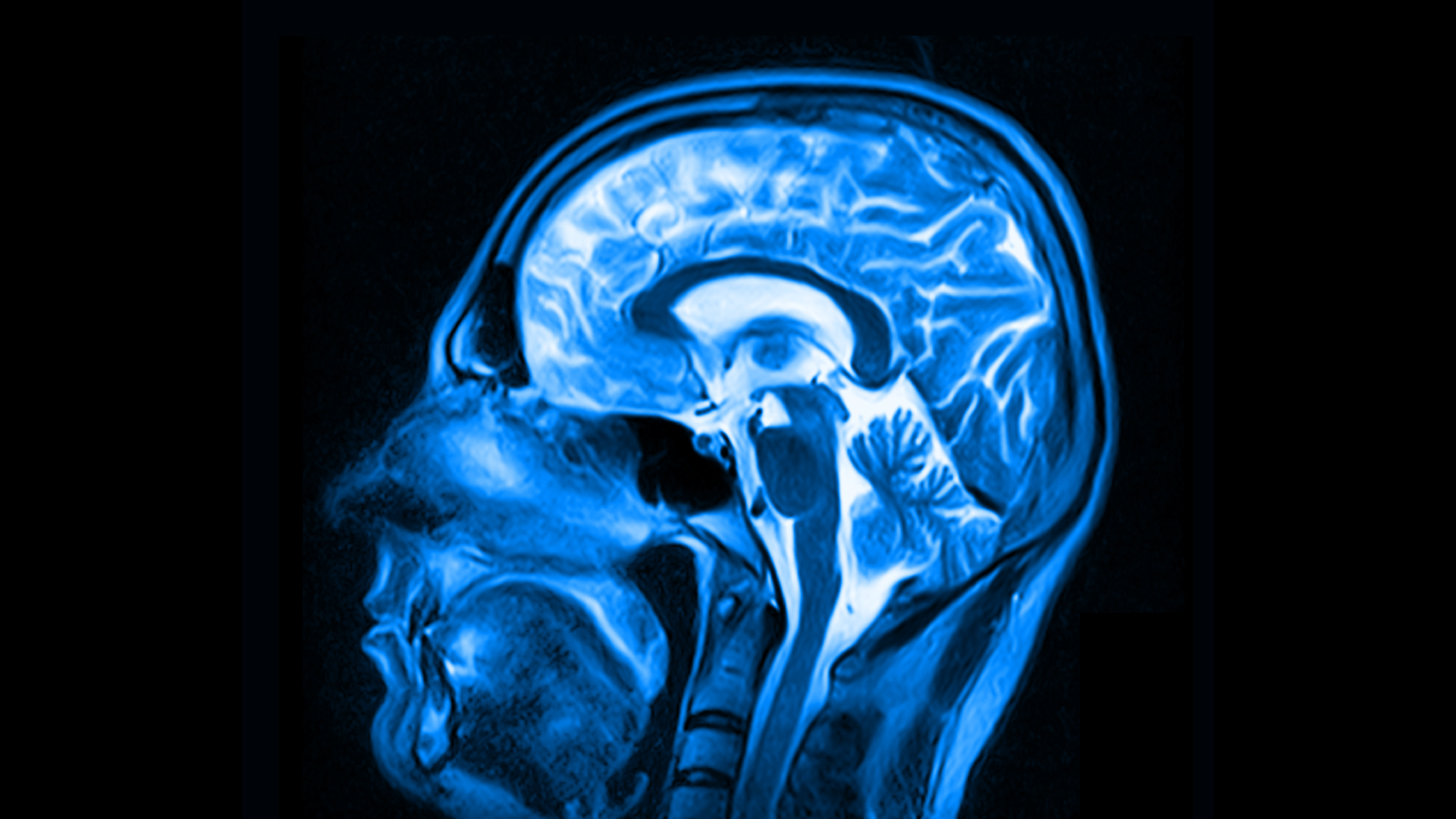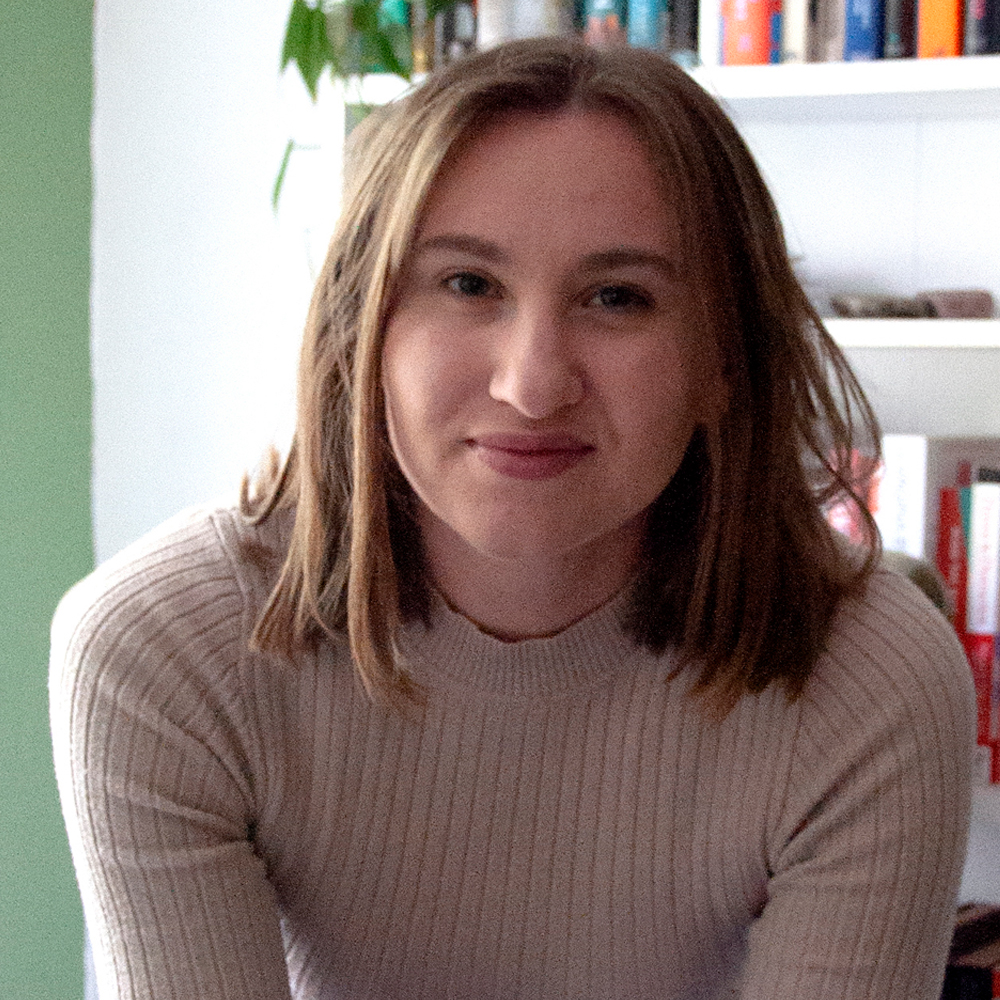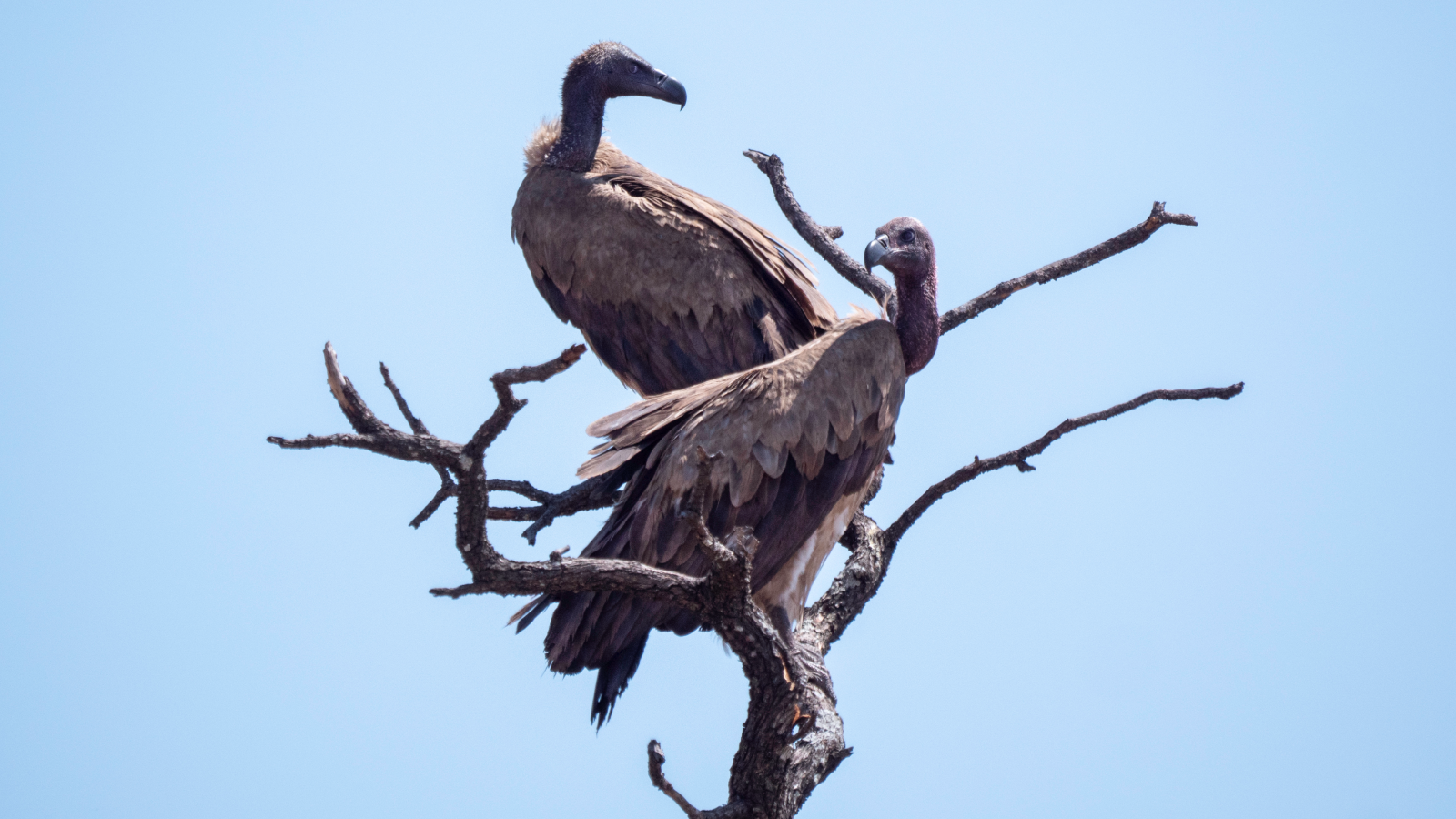US woman dies from prion disease — after being given an infected injection 50 years earlier
The patient was unknowingly infected with an abnormal protein that causes a rare, fatal neurological disease with no treatment.

A woman in the U.S. has died from severe neurological symptoms that were caused by an abnormal protein — which she was unknowingly injected with nearly 50 years earlier.
Having shown no neurological symptoms in the decades since the injection, the 58-year-old recently began experiencing tremors and changes in her ability to balance while walking. In the following weeks, she developed urinary incontinence, difficulty speaking and abnormal breathing. After being admitted to hospital, she entered a coma and later died, according to a case report published May 14 in the journal Emerging Infectious Diseases.
A follow-up MRI scan while she was in hospital revealed damage to her brain, and further testing showed positive results for an abnormal protein called a prion.
Prions are found in cell membranes, the wall that surrounds every one of our cells, and are thought to be one of the molecules involved in cellular communication and other interactions.
Though prions can exist safely in the body, when these proteins accumulate in the brain they can cause surrounding proteins to contort and "misfold," damaging nerve cells. Infection with an abnormally “folded” prion from an external source – like eating contaminated meat, as in the case of “mad cow” disease – can also spark a chain of misfolding in the body.
The brain damage caused by prion diseases is always fatal, with most patients dying within one year of first developing symptoms, according to Mayo Clinic.
In this case, the woman was diagnosed with Creutzfeldt-Jakob Disease (CJD), an extremely rare and fatal brain wasting disease caused by prions.
Get the world’s most fascinating discoveries delivered straight to your inbox.
Related: Here's how dangerous, deadly prions spread to the brain
It is thought the woman was given prion-infected hormones sometime between 1971 and 1980, while receiving treatment for a condition called panhypopituitarism. People with this condition have a lack of hormones produced by the pituitary gland, the organ that secretes a range of hormones including those involved in growth and sexual development.
In the 1970s, panhypopituitarism was treated by injecting patients with human growth hormones extracted from the healthy pituitary glands of people who had died. At the time, this was common practice — as well as being used to treat pituitary conditions, hormones from cadavers were also given to women whose ovaries were not producing eggs.
However, in 1985 researchers identified the first U.S. outbreak of CJD related to treatments with cadaver-derived growth hormones. The treatment was quickly suspended, and later a synthetic alternative hormone, produced by genetic engineering, was approved by the Food and Drug Administration (FDA).
So far, 0.4% of those treated in the U.S with growth hormones taken from the organs of deceased individuals have gone on to develop CJD. How these hormones were infected with prions is still unknown, and scientists cannot yet explain why there is such a long latency period between the infection and the symptoms arising.
There is currently no treatment available to those with CJD, or any other form of prion disease. However, ongoing research projects seek to uncover treatments for the conditions.
The researchers involved in the recent case study said that while the number of people developing CJD as a result of growth hormone treatment has slowed over the years, it is still possible that new cases will arise.

Amy Arthur is a U.K.-based journalist with a particular interest in health, medicine and wellbeing. Since graduating with a bachelor of arts degree in 2018, she's enjoyed reporting on all kinds of science and new technology; from space disasters to bumblebees, archaeological discoveries to cutting-edge cancer research. In 2020 she won a British Society of Magazine Editors' Talent Award for her role as editorial assistant with BBC Science Focus magazine. She is now a freelance journalist, with bylines in BBC Sky at Night, BBC Wildlife and Popular Science, and is also working on her first non-fiction book.
You must confirm your public display name before commenting
Please logout and then login again, you will then be prompted to enter your display name.
